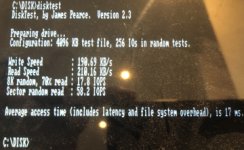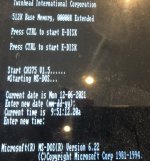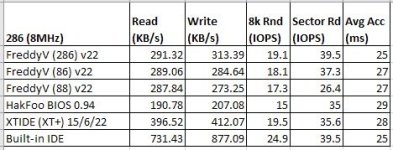Ah, they did get garbled!
Ok, I think I've got good v87 and v94 roms both burned to 8k Eproms,
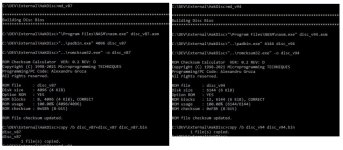
With both of these, I don't get the ROM ERROR on the 5160, however after the memory count nothing gets printed on screen except a flashing cursor, then after about 10 seconds it drops into IBM Basic.
I tried them in my 286 and I get a bit further with both roms, but it just locks up after printing the ROMSEG. Any ideas?
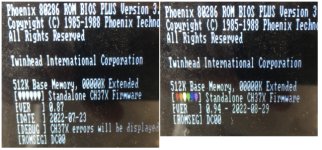
The original rom seems to work fine, although I still have the issue with the CHS values,

Roms and asm files attached..
Ok, I think I've got good v87 and v94 roms both burned to 8k Eproms,

With both of these, I don't get the ROM ERROR on the 5160, however after the memory count nothing gets printed on screen except a flashing cursor, then after about 10 seconds it drops into IBM Basic.
I tried them in my 286 and I get a bit further with both roms, but it just locks up after printing the ROMSEG. Any ideas?

The original rom seems to work fine, although I still have the issue with the CHS values,

Roms and asm files attached..


